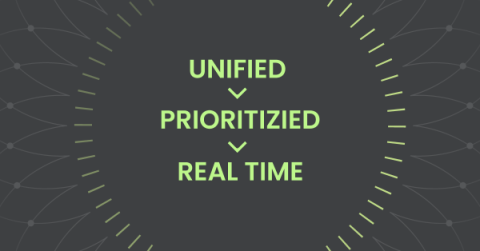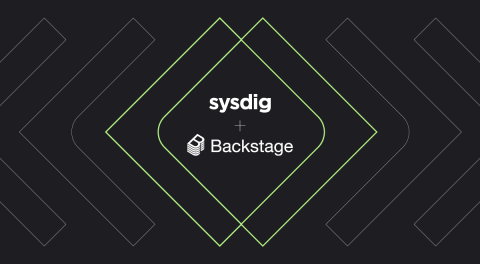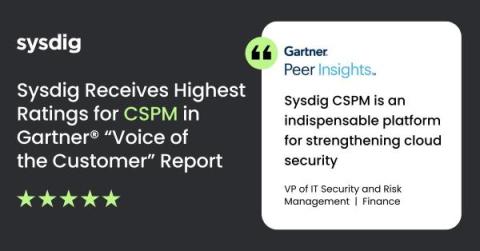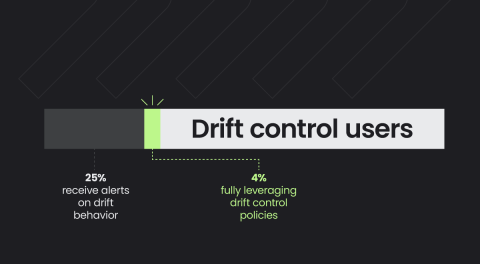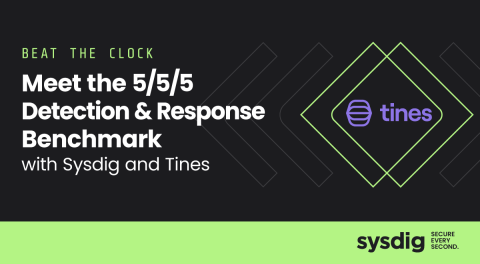The Urgent Need for Real-time Cloud Detection & Response
It is impressive how explosively the cloud security market has embraced detection and response in recent months. The industry, including both users and vendors, is rapidly acknowledging the complexity of modern cloud attacks. Facilitated by automation and APIs, attacks cannot be effectively countered with traditional solutions that lack context of cloud environments or focus solely on posture.


